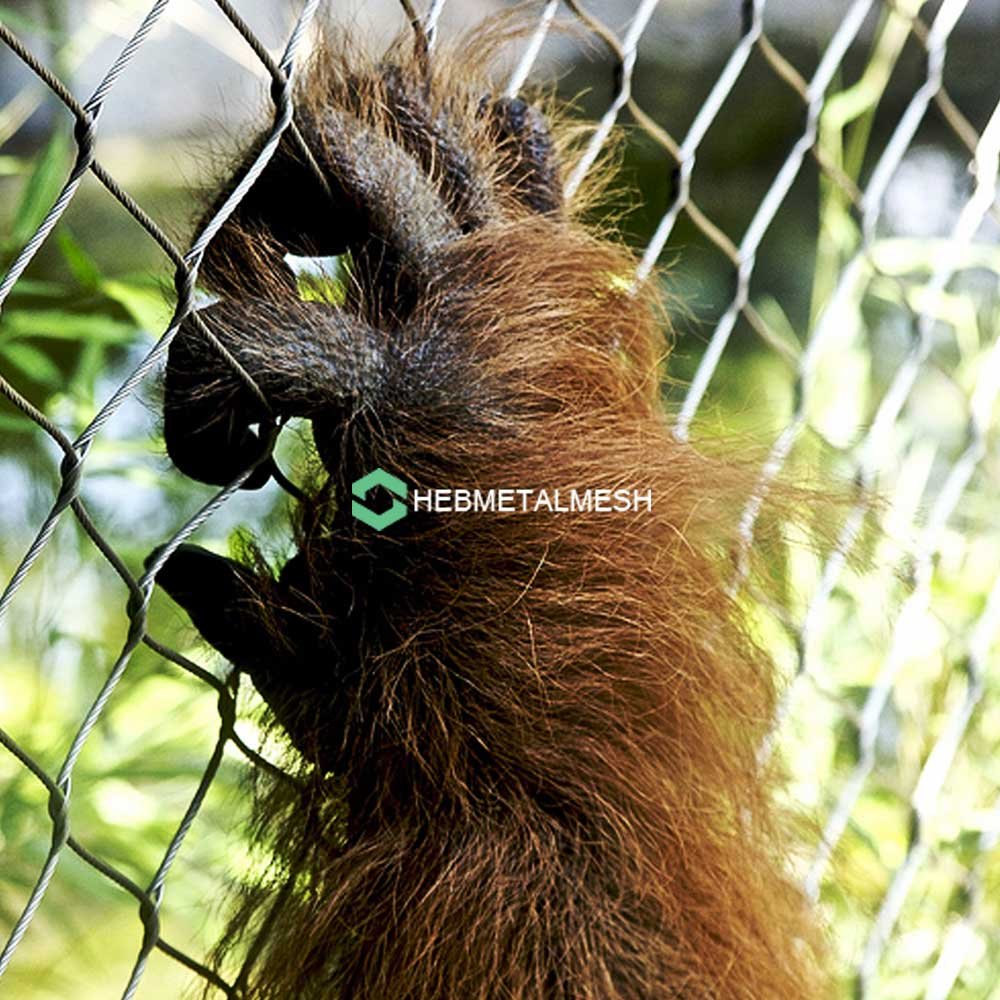As the world grapples with environmental challenges, sustainability has become a significant focus in various industries, including wildlife conservation and zoo management. Zoos play a crucial role in educating the public about wildlife and conservation efforts while providing a safe habitat for a variety of species. The design and layout of animal enclosures are pivotal to these efforts, ensuring the well-being of the animals and the engagement of visitors. Implementing sustainable practices in zoo enclosure design not only supports the conservation message but also promotes the health and happiness of the animals.
Zoo Layout Considerations
Optimizing Space
When it comes to zoo layout, efficient use of space is essential. Sustainable design involves creating enclosures that mimic the animals’ natural habitats as closely as possible. This means considering the species’ behavioral patterns, social structures, and physical needs. By optimizing the available space, zoos can provide larger and more enriched environments for the animals, which helps to encourage natural behaviors.
Integrating Greenery

Incorporating native plants and trees into enclosures not only enhances the aesthetic appeal of the zoo but also contributes to the overall ecosystem. Greenery provides shade, regulates temperature, and can be used as part of the animals’ diets. Additionally, it serves as a natural air purifier, improving air quality for both the animals and zoo visitors.
Sustainable Building Materials
Recycled and Eco-Friendly Materials
When constructing new enclosures or renovating existing ones, zoos are increasingly turning to recycled and sustainable building materials. These materials, such as bamboo and recycled plastics, are durable and environmentally friendly. They reduce the zoo’s carbon footprint and often require less maintenance over time, contributing to long-term sustainability.
Energy Efficiency
Designing enclosures with energy efficiency in mind is another sustainable practice. Utilizing solar panels, energy-efficient lighting, and natural climate control methods can significantly reduce energy consumption. These practices not only lower operating costs but also set a positive example for zoo visitors.
Zoo mesh is one of the best choose for animal enclosures
When considering options for zoo enclosures, many experts agree that zoo mesh stands out as one of the best choices available. This versatile material offers a number of benefits that make it particularly well-suited for use in zoo environments. With its durability, flexibility, and ability to blend in seamlessly with surrounding landscapes, zoo mesh provides a safe and secure barrier that allows animals to be comfortably housed while still allowing for visibility and interaction with visitors. Additionally, zoo mesh is easy to install and maintain, making it a practical and cost-effective choice for zoo enclosures. Overall, zoo mesh is a reliable and efficient solution for creating enclosures that prioritize both the safety and well-being of the animals within them.
When it comes to creating a secure and visually appealing enclosure for zoo animals, zoo mesh is widely regarded as a top choice. The unique properties of zoo mesh, such as its strength, flexibility, and aesthetic appeal, make it a highly versatile material that is well-suited for a variety of zoo environments. Whether used to construct enclosures for large mammals, birds, or reptiles, zoo mesh offers a reliable and durable barrier that allows animals to feel safe and comfortable in their surroundings. Its ability to seamlessly blend in with the natural landscape of the zoo also enhances the overall visitor experience, providing a more immersive and enjoyable environment for both animals and guests. With its easy installation and low maintenance requirements, zoo mesh is a practical and cost-effective option for creating enclosures that prioritize the welfare and safety of zoo animals.
In the realm of zoo enclosures, zoo mesh stands out as a highly recommended option for a variety of reasons. Its exceptional strength, flexibility, and visual appeal make it a top choice for creating secure and aesthetically pleasing habitats for zoo animals. Whether used in aviaries, primate enclosures, or large mammal habitats, zoo mesh provides a safe and reliable barrier that allows for the natural behavior and movement of animals while ensuring their protection and welfare. Additionally, the transparent nature of zoo mesh allows for unobstructed views for visitors, creating a more immersive and engaging experience. With its easy installation and long-lasting durability, zoo mesh is a practical and efficient choice for zoo enclosures that prioritize the comfort and well-being of the animals within them.
Water Conservation
Recirculating Water Systems
Water is a precious resource, and its conservation is a key aspect of sustainable zoo design. Implementing recirculating water systems for aquatic displays and water features can save a significant amount of water. These systems clean and reuse water, reducing waste and the need for constant freshwater supplies.
Rainwater Harvesting
Collecting rainwater for use in animal enclosures and landscaping is another effective method of conserving water. This practice diminishes the reliance on municipal water supplies and helps manage stormwater runoff.
Conclusion: The Future of Zoo Enclosures
Sustainable practices in zoo enclosure design are not just a trend; they are a necessity for the future of wildlife conservation and education. As zoos continue to evolve, the integration of innovative and eco-friendly design principles will play a critical role in their mission to protect and celebrate the natural world. By adopting these practices, zoos can ensure that they are not only providing a sanctuary for animals but also actively contributing to the health of our planet.
Zoo enclosure design is an ever-evolving field, and sustainability remains at the forefront of this evolution. As we move forward, it will be exciting to see how zoos around the world continue to innovate and inspire through their commitment to sustainable practices.


